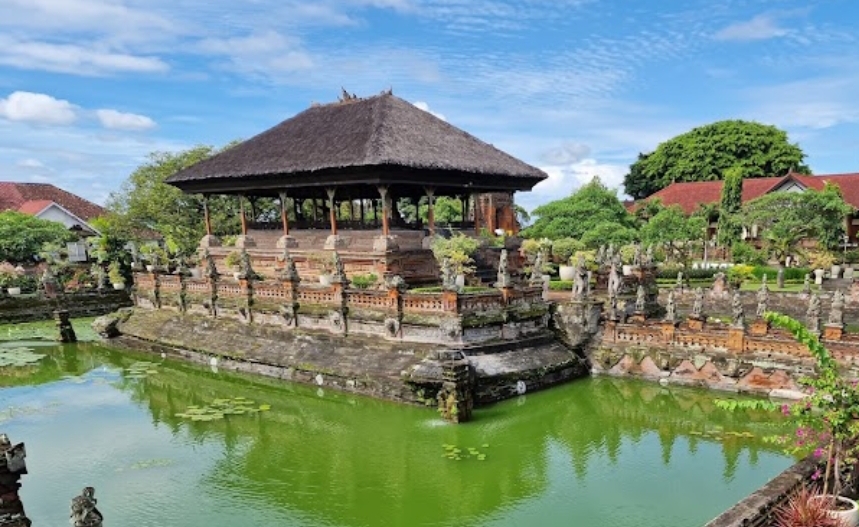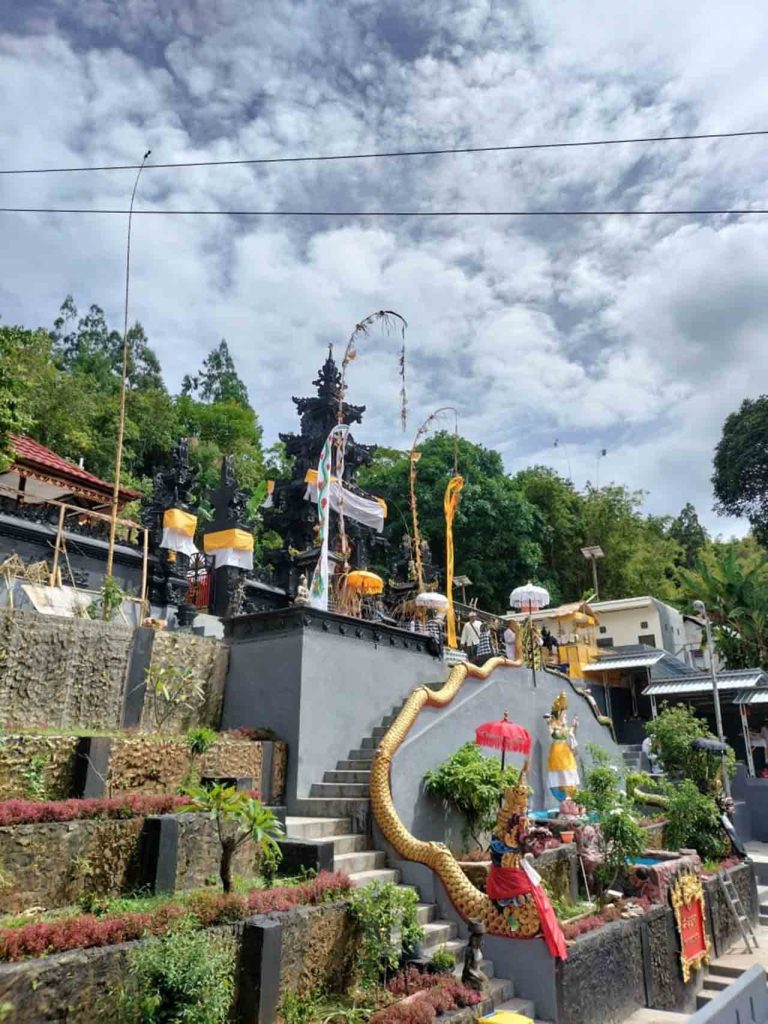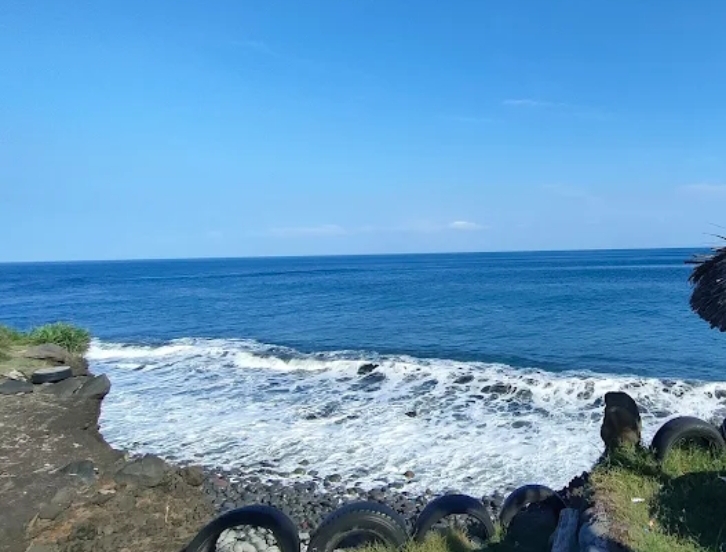Located in the heart of Klungkung Regency, Bali, Kerta Gosa is a fascinating historical site that draws visitors from all over the world. Situated approximately 40 km east of Denpasar, this cultural landmark is easily accessible via the Prof. Dr. Ida Bagus Mantra bypass and is positioned directly in front of the Klungkung Regent’s office.
Kerta Gosa is a significant tourist attraction in Bali, offering a unique experience for families, history enthusiasts, and cultural explorers. It provides an educational journey into Bali’s royal heritage, from the reign of the Klungkung kings to the Japanese occupation of Indonesia. Visiting this site allows children and adults alike to gain insights into Bali’s historical and judicial past, making it an ideal destination for family trips.
Renowned internationally, Kerta Gosa attracts foreign tourists daily and has become one of the most popular historical sites in Klungkung. Its rich historical background and stunning traditional Balinese architecture make it an essential stop for those seeking a deeper understanding of Balinese culture.
Kerta Gosa is part of the Klungkung royal palace complex, originally constructed in 1686 by the first ruler of Klungkung, Ida I Dewa Agung Jambe. Historically, this site served as a venue for discussing matters of security, justice, and prosperity within the kingdom.
During the colonial era, it functioned as a court of law, where legal proceedings were conducted under Dutch rule (1908-1942) and later during the Japanese occupation (1943-1945). Remarkably, remnants of these judicial proceedings, such as intricately carved wooden chairs and tables, remain preserved within the site.
As an open-air heritage site, Kerta Gosa forms part of the Semarapura royal complex. It consists of two primary pavilions: Bale Kerta Gosa and Bale Kambang. The latter is particularly distinctive as it is surrounded by a pond known as Taman Gili, giving it the appearance of a floating structure.
One of the most remarkable features of Kerta Gosa is the ceiling artwork inside Bale Kambang, adorned with traditional Kamasan-style wayang paintings. These intricate murals depict various courtroom cases, the corresponding punishments, and moral teachings based on the concept of karma. Through these vivid illustrations, visitors can gain insight into Balinese justice and the belief in reincarnation, where individuals atone for their past misdeeds in subsequent lifetimes.
The exquisite wayang-style paintings at Kerta Gosa are a testament to the artistic legacy of Kamasan village, located just 4 km south of Semarapura. This village has been preserving and developing traditional Balinese painting techniques for centuries, with roots tracing back to the era of King Waturenggong of Gelgel. Today, this classical art form remains a vital part of Balinese cultural heritage.
More than just a historical site, Kerta Gosa stands as a symbol of Bali’s enduring cultural and artistic traditions. Visitors not only explore its historical significance but also witness the beauty of Balinese craftsmanship, architecture, and storytelling. Whether you’re a history lover, an art enthusiast, or simply a traveler seeking authentic Balinese heritage, Kerta Gosa is a destination that promises a captivating journey through time.
Plan your visit to Kerta Gosa and uncover the timeless charm of Bali’s royal past! (BT)





